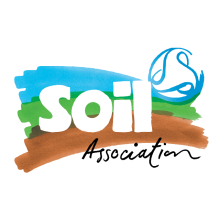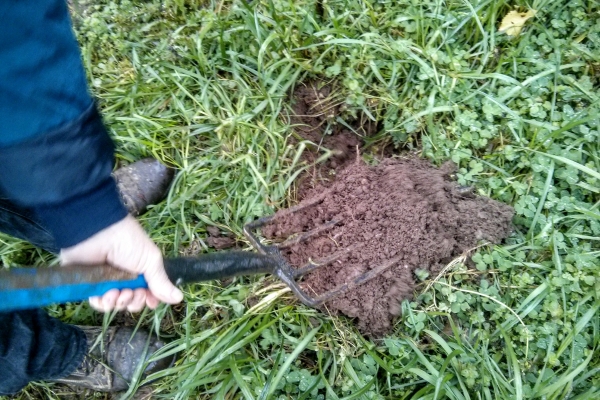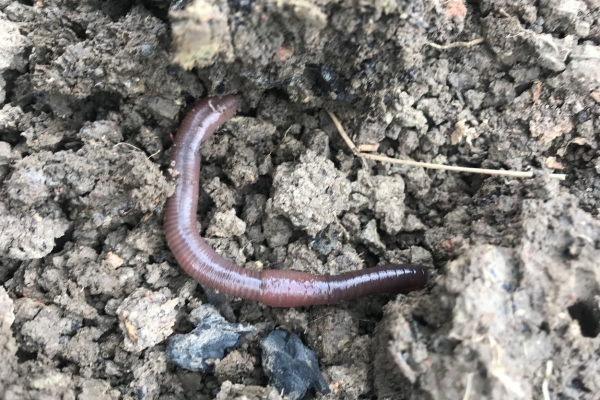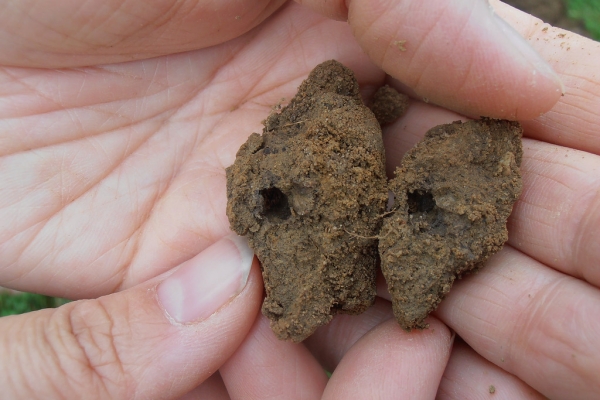Soil assessment methods
AHDB Factsheet
Resource explained
This information sheet, reviewing various tools and methods currently available to test your soil, was produced as part of GREATSoils (Growing Resilient Efficient And Thriving Soils); a three year AHDB Horticulture-funded project led by the Soil Association. The overall aim of the project (which runs until March 2018), is to help growers assess and manage the health of their soils, benefitting crop health, yields and quality, and reducing costs. The review indicates that to be of value, soil assessment methods should measure soil health and provide information that will help growers make decisions in relation to soil management. It includes some tips to help you assess and manage your soil health and a quick reference chart of soil assessment methods evaluated and rated by growers covering: a description of the method; the levels of skill, time and cost required; brief descriptions of what it is suitable and not suitable for; and some comments from growers.
Findings & recommendations
- The GREATSoils project is a collaboration between the Soil Association, Organic Research Centre, and Earthcare Technical.
- This information sheet is based on a literature review of soil assessment methods conducted in 2015 by the Organic Research Centre.
- It briefly introduces the fact that farmers and growers are concerned about the current health of their soil and understand the importance of soil health but interpreting results from laboratory analysis or choosing suitable tools or methods for assessing soil health (beyond the standard pH, P, K, Mg analysis) can be a challenge.
- Due to the complexity of soil, a broad range of appropriate indicators of soil health is needed to help evaluate the effects and sustainability of agricultural practices. They can be grouped in to three categories of biological, chemical and physical parameters.
- The chart of soil assessment methods evaluated and rated by growers includes reviews of the following methods: spade diagnosis, plant health monitoring, total soil organic matter, visual soil assessment tools, standard lab test (macronutrients and pH), visual evaluation of soil structure, earthworm counts, micronutrient test, soil pit profile, soil health test, SOM balance modelling tool, and soil life suites.
Find out more about the GREATSoils project here.









